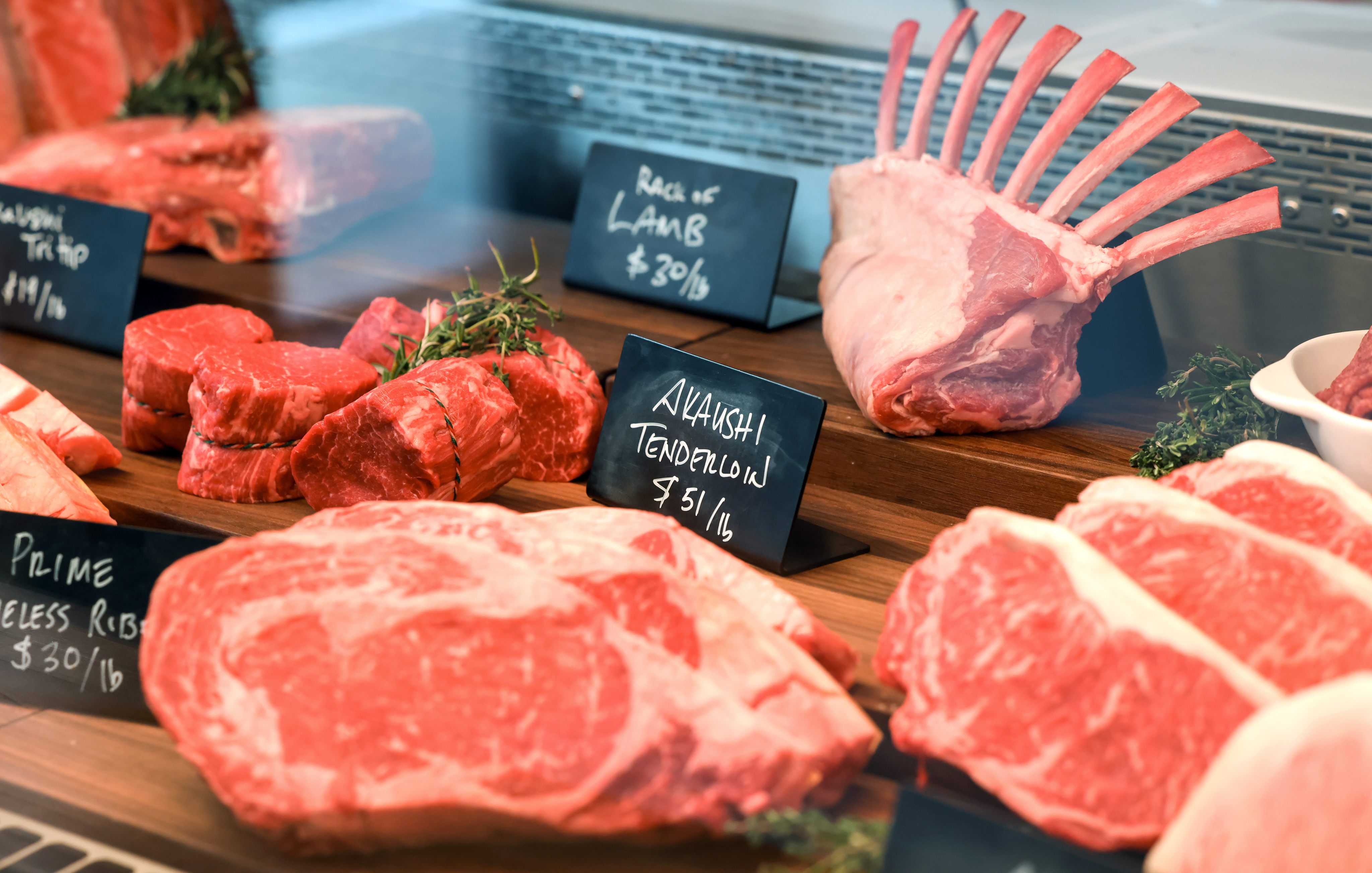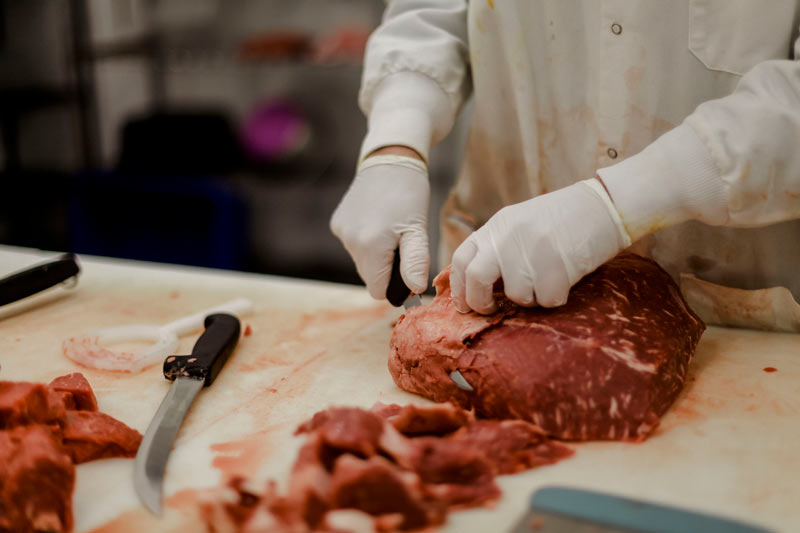Shop for the best meat selection at Bagley Meat Market Edwardsville IL near you.
Shop for the best meat selection at Bagley Meat Market Edwardsville IL near you.
Blog Article
Exactly How to Choose the Perfect Cut of Meat From a Trusted Meat Market
Choosing the optimal cut of meat from a trusted meat market requires a thoughtful method that balances high quality, culinary purpose, and budget. Recognizing the different kinds of meat and their corresponding cuts is vital, as is engaging with your butcher to get insights right into sourcing and preparation. Observing attributes such as shade, texture, and marbling can additionally direct your decision. As you think about these variables, it ends up being clear that the nuances of your choice can considerably influence the result of your dish, prompting a much deeper exploration of the criteria that really matter.
Comprehending Meat Cuts


For example, the tenderloin is prized for its buttery appearance and marginal connective cells, making it perfect for fast cooking methods such as barbecuing or pan-searing. In contrast, tougher cuts like the brisket or shank benefit from sluggish cooking techniques to break down collagen, producing abundant and savory outcomes.
Furthermore, the fat content of a cut plays a critical function in flavor profile and moisture retention during food preparation. Cuts with greater fat web content, such as ribeye, provide a more durable taste, while leaner choices, like sirloin, may need mindful prep work to stay clear of dry skin (bagley meat market edwardsville il). Understanding these nuances enables for educated selections that raise culinary developments, guaranteeing that each recipe showcases the best high qualities of the selected meat
Elements to Take Into Consideration
When picking the excellent cut of meat, a number of critical aspects come into play that can substantially affect the last recipe. Think about the kind of meat you prefer-- beef, pork, lamb, or poultry-- as each offers distinct tastes and appearances. The details cut within that classification is just as crucial; for example, ribeye provides rich marbling, while tenderloin offers a lean, buttery structure.
An additional variable is the cooking approach you prepare to utilize. Cuts appropriate for grilling, such as T-bones or sirloins, differ from those better suited for sluggish food preparation, like chuck roasts or shanks. In addition, quality is critical; constantly select meat with a vibrant shade and company structure, indicating top quality and appropriate handling.
Costs cuts may offer remarkable taste, however there are likewise cost-efficient alternatives that, when prepared properly, can generate delicious outcomes. Balancing these aspects will certainly assist you select the best cut for your cooking requirements.
Questions to Ask Your Butcher
A butcher's competence can check here be important when picking the optimal cut of meat for your cooking ventures. Begin by inquiring regarding the source of the meat.
Following, inquire about the various cuts available for the kind of meat you prefer. An experienced butcher will discuss the subtleties of each cut, aiding you pick one that matches your cooking approach and wanted end result. Don't think twice to ask about the very best food preparation techniques for a knockout post a certain cut; butchers frequently have suggestions that can improve your recipe.
It's also sensible to ask concerning the meat's quality. A good butcher will certainly be eager to share their expertise and suggest cuts that will certainly thrill your taste. Engaging your butcher with these questions can significantly enhance your meat selection experience.
Identifying Top Quality Meat

Appearance is one more essential variable; high quality meat need to really feel firm and somewhat bouncy to the touch. Prevent any kind of cuts that really you can try this out feel slimy or excessively completely dry, as these can suggest perishing or improper storage space. Additionally, odor plays a crucial role; fresh meat needs to have a clean, neutral scent, while any type of repulsive or sour odors are warnings.
Finally, think about the resource. Buying from a reliable meat market, where the meat's beginning is known, can ensure better requirements. By concentrating on these indications-- shade, marbling, structure, scent, and resource-- you can with confidence pick cuts that will certainly elevate your food preparation and eating experience.
Cooking Techniques for every Cut
Choosing the right cooking method is vital for taking full advantage of the flavor and tenderness of each cut of meat. Various cuts possess one-of-a-kind characteristics that determine one of the most suitable cooking methods.
For tender cuts, such as filet mignon or ribeye, dry warm approaches like cooking, broiling, or pan-searing are suitable. Alternatively, tougher cuts, such as chuck or brisket, benefit from damp warmth techniques, consisting of braising or sluggish food preparation.
Pork chops and hen busts are flexible and can be prepared using both completely dry and moist methods. While cooking or roasting can generate delicious results, poaching or sautéing can keep moisture and inflammation. For lamb, approaches like toasting or braising are advised, as they match the meat's robust taste.

Verdict
In conclusion, choosing the suitable cut of meat from a trustworthy meat market demands a comprehensive understanding of meat cuts and consideration of various elements, consisting of source, top quality, and food preparation approaches. Engaging with the butcher through targeted questions can yield valuable insights and suggestions tailored to specific culinary requirements. Prioritizing both high quality and budget plan will certainly boost the total gastronomic experience, making certain that the selected cut fulfills assumptions in both flavor and prep work.
Report this page